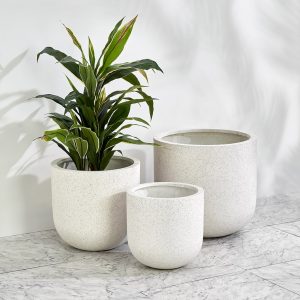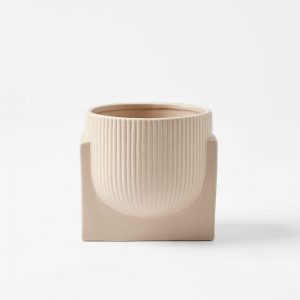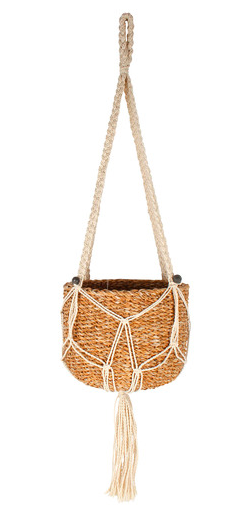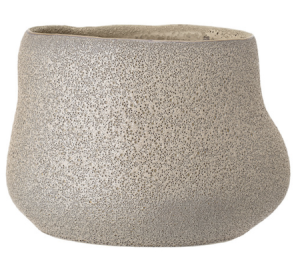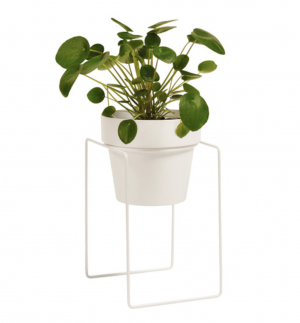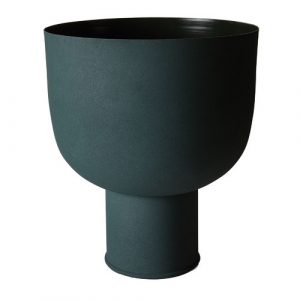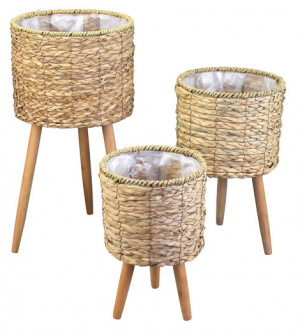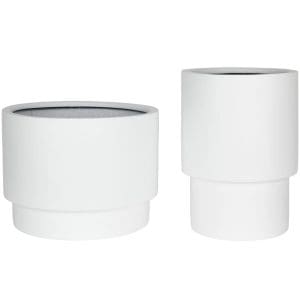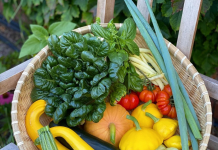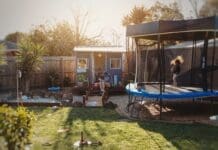Without a doubt, the latest ‘it’ plant to take over interiors is the Pilea Peperomiodes! Yet this plant can be so fickle! Gina’s lasted all of three weeks before it shrivelled and died. Not fun especially because it’s also one of the more expensive indoor plants.
So today we invited Pilea-caring queen, Natalie of The Interior Passion, on to share everything you need to know about keeping a Pilea Peperomiodes alive and thriving!
Related article: 12 reasons why you’re killing your indoor plants
Related article: Top 10 trending indoor plants

Words by Natalie of @the_interior_passion
Best type of soil
The Pilea, like most plants, likes well-draining soil. Use a combination soil to create a light mix that drains well.
You could use a combination of half potting mix and half cactus mix, but Natalie finds her Pilea thrives with orchid bark mixed in “It helps to aerate the soil and also provides some added texture,” she explains. Perlite (a form of volcanic glass) or Pumice (a porous volcanic rock) are other ways you could create a light soil mix that allows water to move freely around the roots while not drowning them.
Another tip is to keep the plant in a pot with drainage holes to avoid root rot i.e. keep the plant in a plastic container like those seen in nurseries and hardware stores, and place this into a decorative pot rather than potting the Pilea in directly.
Natalie also says you should avoid covering the soil with small rocks or pebbles as Pileas have most of their babies grow up out of the soil.
Shop some of our favourite indoor pots
How frequently you should water
The most important thing to keeping a Pilea Peperomiodes alive is getting the watering schedule right! Once a week is the right amount according to Natalie.
“The most important thing you need to understand though are the conditions in your house and the condition of the soil in the Pilea pot,” explains Natalie.
“Pileas don’t like wet feet so aim for very lightly moist soil but don’t let them sit in wet soil. Keep an eye on the soil and don’t let it dry out completely either. When this happens the leaves will start to look droopy and that’s a sign it needs to be watered.”
You could develop a weekly watering routine for all your indoor plants to keep track.
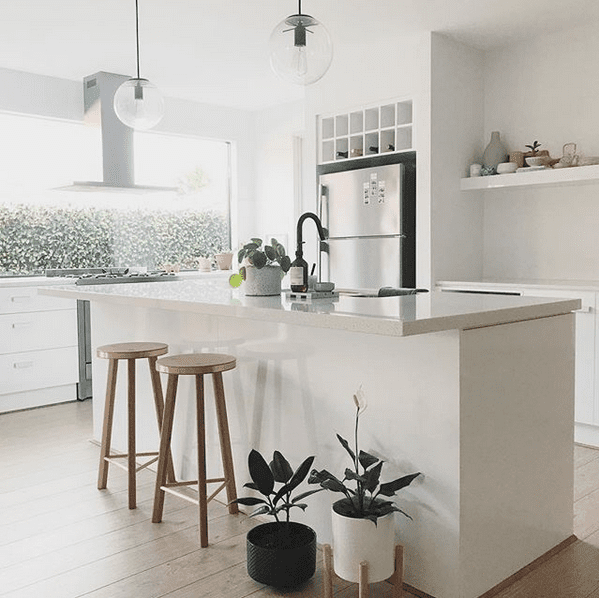
Where in the home to put them
Pileas enjoy light, bright rooms but not direct sunlight (although Natalie says early morning sun is ok).
In south-facing rooms or on a kitchen island bench are two popular spots these plants will thrive.
“To help the plants grow evenly you need to rotate them and I have found rotating them at least 2 times a week will help even growth,” says Natalie. “They really are responsive to the sun rays and grow in the direction of the sun!”
Early warning signs something isn’t right and what to do
It’s easy to tell when your Pilea isn’t happy as it will let you know with symptoms of yellowing leaves, droopy leaves or shriveling leaves. Each symptom represents a different issue and Natalie explains what these are and what you should do about them. Act quickly for the best chances of keeping a Pilea Peperomiodes alive!
Droopy leaves is a sign that the plant is being over- or under-watered. Confusingly the same symptoms present but the issue is definitely watering! Touch the soil to find out — if it’s too dry, you’ll know the plant needs more water, and if the soil is moist, ease up on watering or you could cause root rot and kill it.
The biggest killer of most plants is over-watering — don’t love them too much!
If you see curled leaves (especially the bottom leaves) it is likely that you have over-watered so make sure you let the soil dry out completely before watering again. Curling of the top leaves could mean too much sun so move the plant away from harsh direct sun.
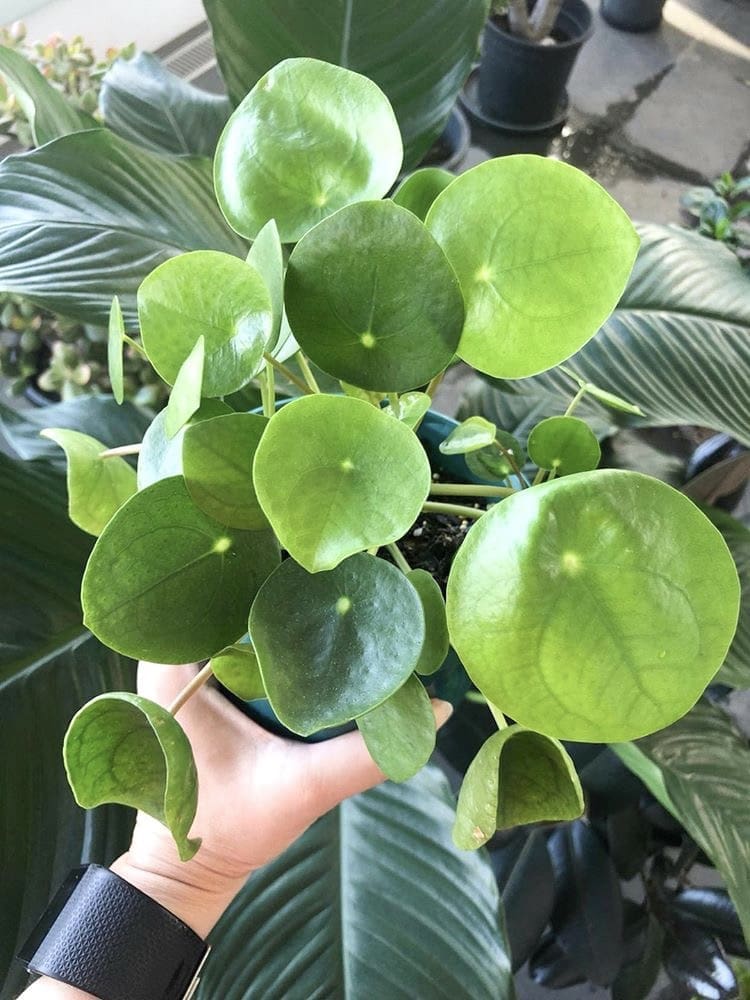
If the bottom leaves turn yellow and are falling off it could mean a combination of things but most likely just old age. Either let them fall off or pull them off as they will unlikely recover. Yellowing leaves can also be a sign of over-watering though so check the soil and adjust your watering schedule if it’s moist.
If you have brown spots on the leaves, it could be bugs so check to see. Browning could also indicate sunburn from too much direct sunlight exposure or over fertilizing.
Transplanting
Despite the sensitive nature of Pileas, they are actually quite easy to propagate!
Baby plants, or pups as they’re called, will pop up and grow out of the soil to create a whole new mini plant.
Once it is at a reasonable size (5-6cms tall), you can gently remove them, being sure to keep the roots intact, and planting it into a smaller pot of its own (2 inch pot). Be sure to use the same type of soil as the mother plant and keep the same watering routine. New leaves should begin sprouting within a couple of weeks.

Other care tips
Larger leaves can accumulate dust so this plant also enjoys regular showers or wipe down to keep the leaves clean. You can spray them with a regular spray bottle using the mist setting and give them a wipe.
It’s also a good idea to fertilise in spring and summer using an all-purpose plant fertiliser. Either a liquid or slow release fertiliser are both good options.
Most importantly, name your plants! It will make you more accountable to them and is a nice way of welcoming them into your plant family!
Thank you Natalie for sharing all this info on keeping a Pilea Peperomiodes alive! We’ll certainly be using all these tips, hoping for better luck next time!
About the author
Natalie is an interiors obsessed, plant-loving woman who’s Instagram accounts will make you want to start your own urban jungle if you haven’t already. Check out her Instagram account @the_interior_passion and connect with her!
Check out more plant inspo here
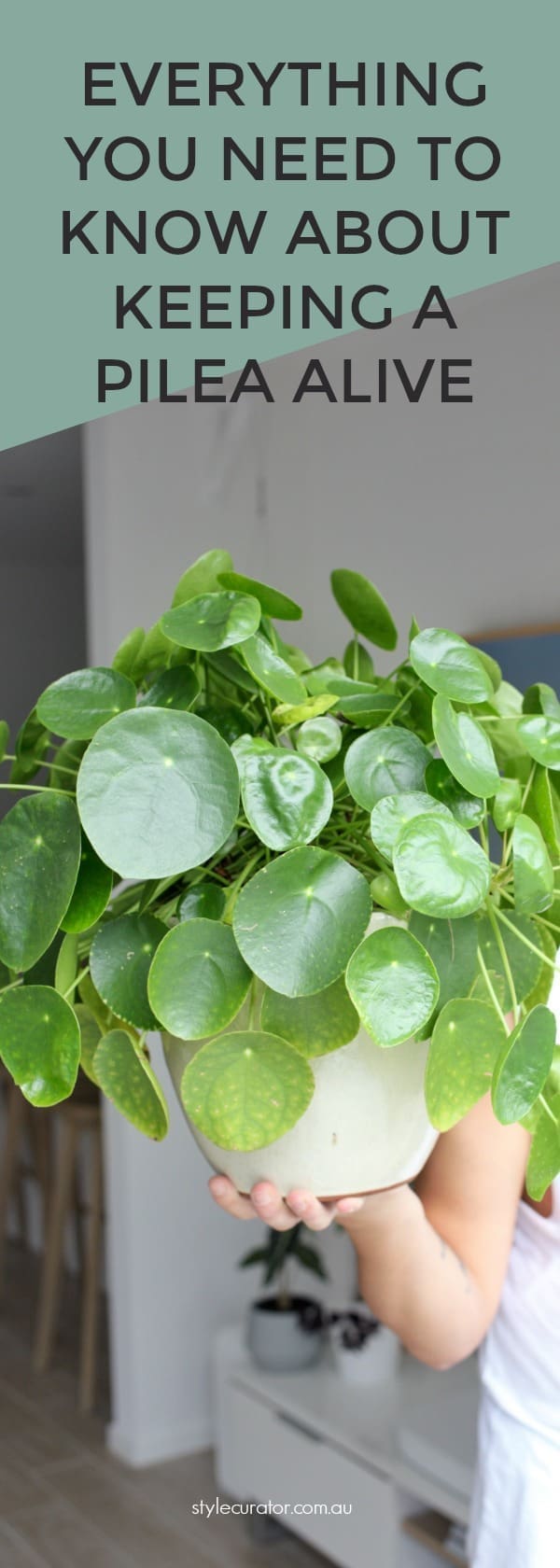
This article was originally published in November 2018 but updated with new information and images.


